How should blockchain be integrated into web app standards and in a way that benefits users? The BSV Association has formed a group of experts to explore the topic. Its World Wide Web Consortium (W3C) Blockchain2 Community Group will look at ways blockchain technology can improve security and privacy for all users, and increase the web’s overall efficiency.
Five representatives—Ty Everett, Brayden Langley, Darren Kellenschwiller, Thomas Giacomo and Jake Jones—will chair the group. The BSV Association also wants input from other web developers, blockchain proponents and anyone else who may be interested in participating. Those looking to join a discussion group, or who want more information, can visit the W3C Community Groups page.
Blockchain’s key role in Web3
Blockchain plays a key role in a group of concepts known as “Web3,” a vision for the future Internet based on the decentralization of online applications and the data they gather.
Today’s web era, often called “Web 2.0,” grew from applications where users interacted with (and often contributed to creating) content. Social/online media platforms, e-commerce and web-based applications are examples of this. These applications also shone a spotlight on privacy issues and security, as users began questioning where the data they created was being stored (and by whom), who ultimately “owns” it, and what it’s really being used for.
How would blockchain improve this situation? Well, that’s something the Blockchain2 Community Group wants to examine. Broadly speaking, though, blockchain has design features that hand a degree of power and control back to ordinary users. Data contained in transactions, processed and added to a decentralized blockchain record, is more secure because on-chain records are regarded as “immutable.” Although some records do need to be amended (and access to some information needs to be removed all together), blockchain keeps a record of who changed these records and when.
For example, the European Union’s General Data Protection Regulation (GDPR) includes the “right to be forgotten” online in Article 17. If a blockchain record is immutable, how can data be removed/deleted? It is still possible to deny or revoke access to certain data, and records can be changed to permit this. Once again, there will be another on-chain record detailing when this happened.
Users who added content to blockchain records would, in theory, retain access and usage controls over that information. If you created the content (e.g., social media or scientific research), or if it’s created as a result of your actions (e.g., your health and business-related data), you would have some say in how that data is used. Blockchain also allows for new economic models through micropayments to access and use files, such as pieces of medical or research data, music/video, or code snippets.
Blockchain can also enhance the security and resilience of online applications, especially if it’s built into the web’s fundamental architecture rather than added on later (as today’s payment and security certificate structures are).
How the Blockchain2 Community Group will work
The Blockchain2 Community Group said it would begin by working internally only and setting specific goals, definitions and requirements.
“Our first deliverable will comprise a list of value-adds and benefits that blockchain technology may be able to provide for the World Wide Web community,” its announcement said. “Subsequently, based on our findings, we aim to agree on a set of general, high-level requirements and capabilities that blockchain-based application architectures would need to fulfill in order to deliver value.”
From there, the group will interact with other W3C groups and build relationships with other affected parties for more insights. Its final tasks will involve more detailed and specific recommendations on how blockchain can produce the benefits mentioned above and what steps should be taken to implement them.
Though blockchain features have long been touted as potential enhancements to a decentralized web, adoption in that space has faced the same hurdles as blockchain in other industry sectors. These includes limits to scalability and speed, and prohibitive costs associated with millions of transactions per day (or even per hour). The BSV network has proved such issues can be overcome, and that the future web can be just as secure, robust and private for everyday interactions as it is for commerce.
Watch: Transitioning to Web3 with AWS & BSV blockchain

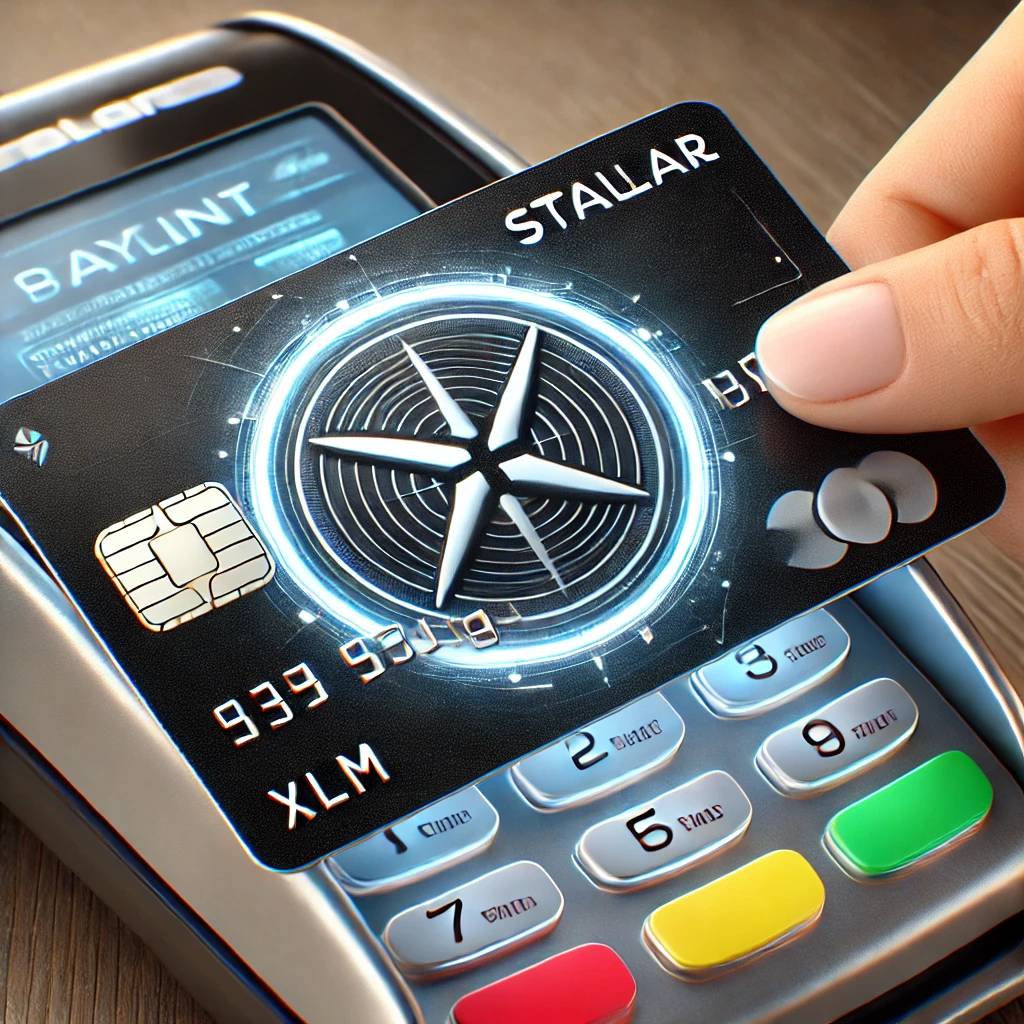




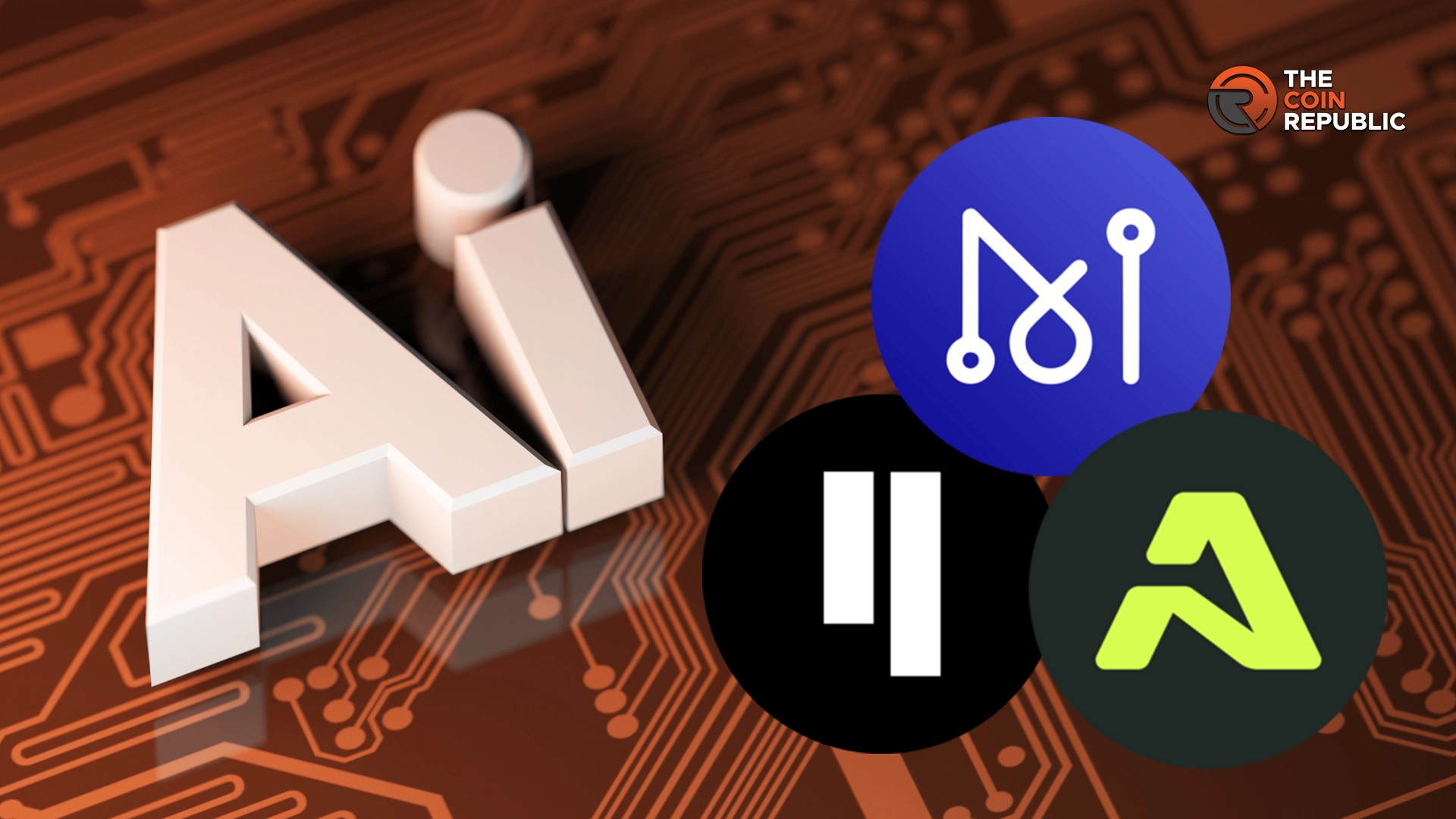

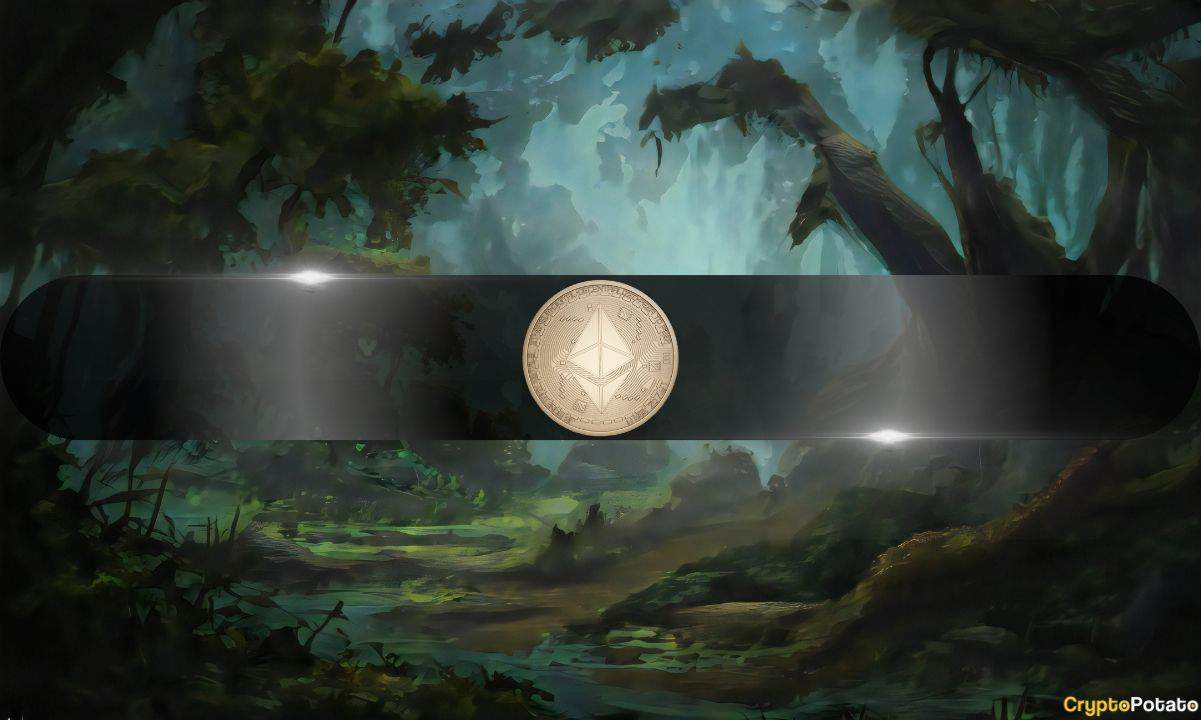
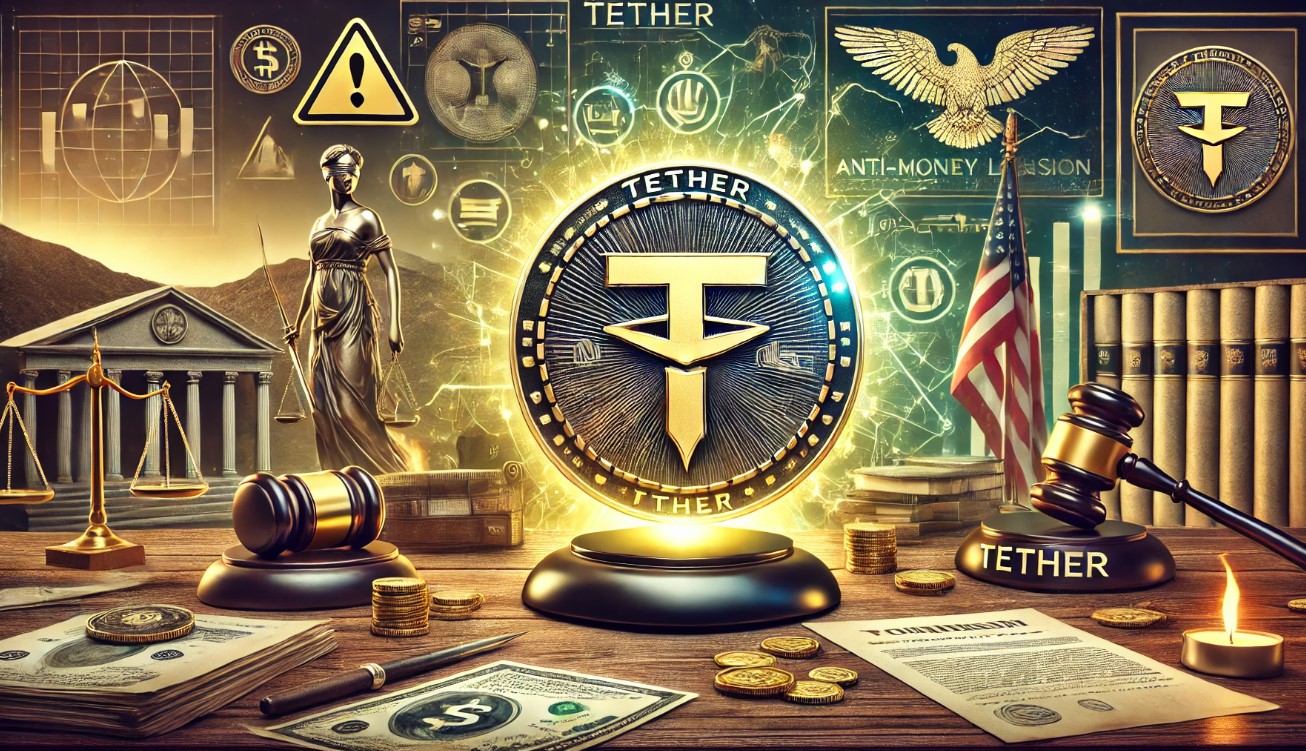






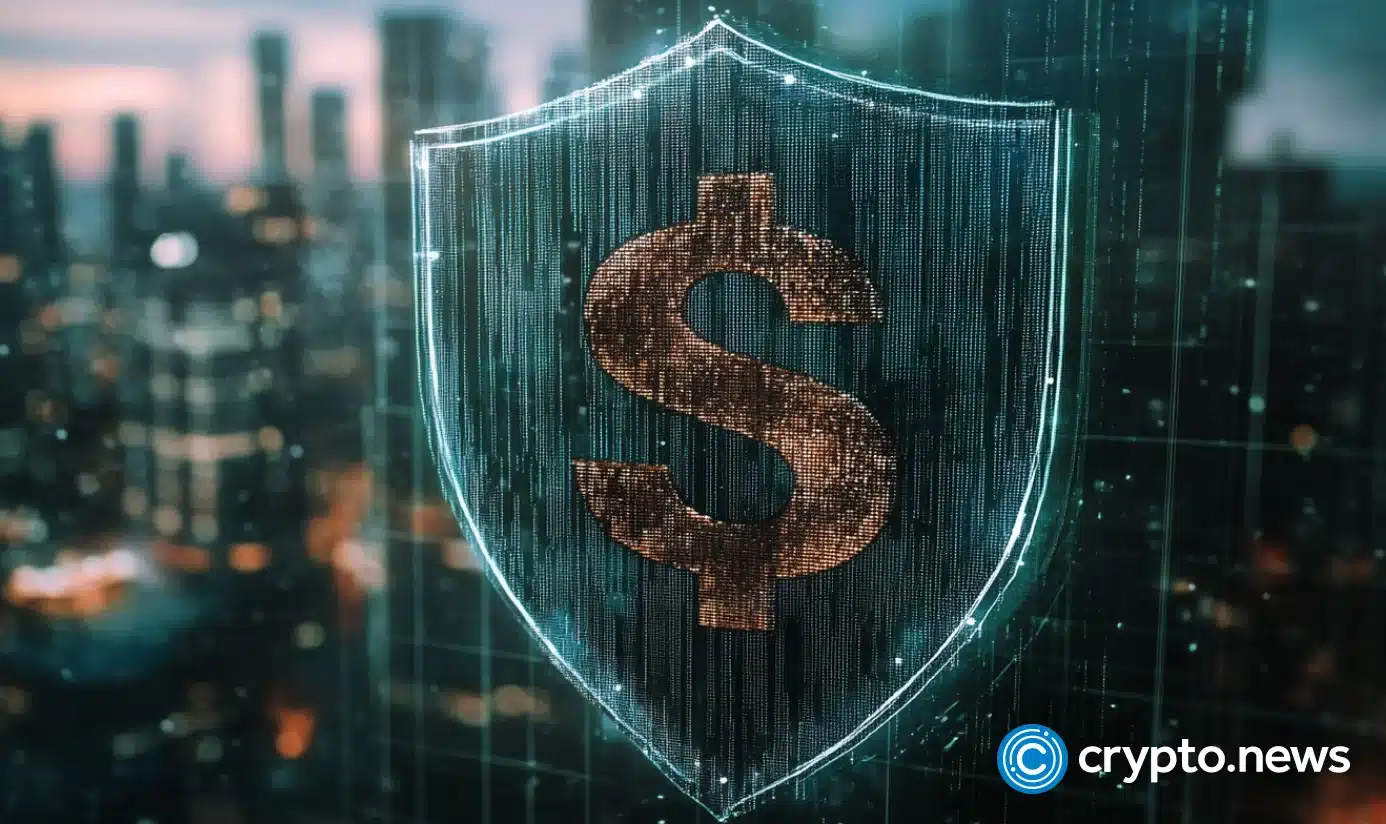
 English (US) ·
English (US) ·